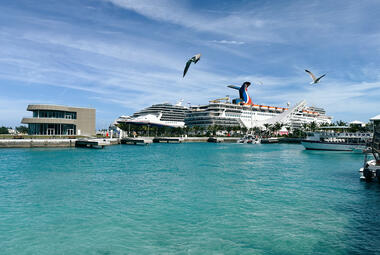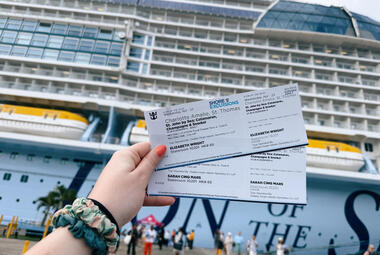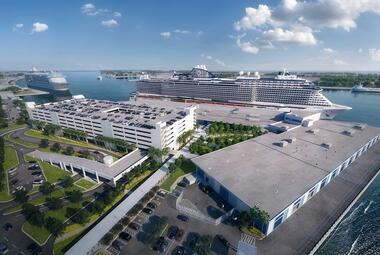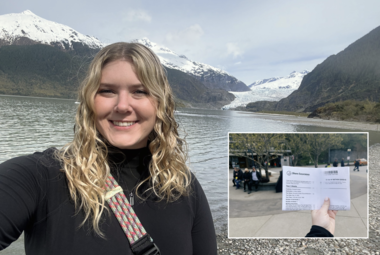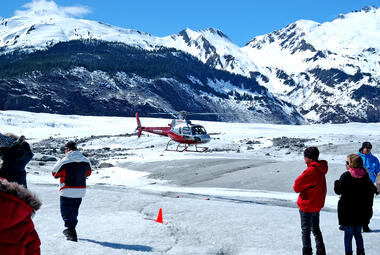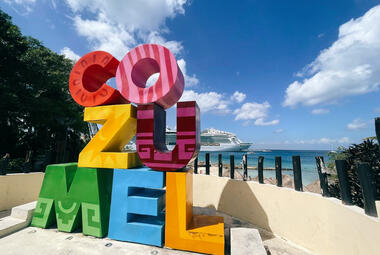Cruise lines will be charged more to dock in Alaska's capital city starting in 2026.
On May 19, 2025, the Juneau Assembly unanimously approved an increase in docking fees to align public port rates with those charged by privately operated docks throughout Southeast Alaska. Although they're virtually double, city officials claim cruise lines are still getting a good deal.
Juneau's efforts to collect more in passenger fees aren't new. However, port fees are controlled via an agreement with Cruise Lines International Association Alaska (CLIA Alaska). The 2019 settlement between CLIA Alaska and the Juneau Assembly dictates what the city can and cannot do with the collected fees.
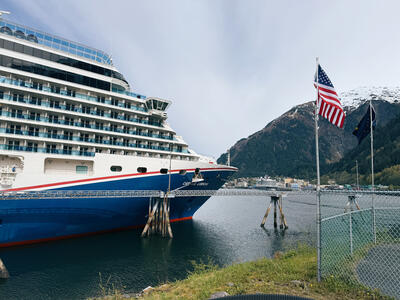
The settlement came after a three-year legal battle between the Juneau Assembly and CLIA Alaska, stipulating that officials are required to use the funds to enhance the city in a manner that positively impacts visiting ships and passengers. However, some of Juneau's plans for the 2024 port fees were beyond what the settlement allowed.
“We’ve been talking about [an impending fee hike] for a few years,” said Juneau Visitor Industry Director Alix Pierce, “They’ve known that it’s coming.”
“We know that our rates are definitely low compared to the private docks here, and other ports in the region are also looking at their fee structure,” she added.
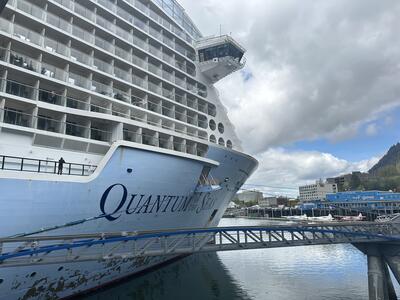
Alaska port fees are generally more expensive than the Bahamas, Caribbean, or Mediterranean. For example, port fees on a 7-night cruise aboard Carnival Luminosa in July 2025 start at $310 per person, whereas the fees on a weeklong Western Caribbean sailing on Carnival Jubilee come in at around $135 per person.
This means that, eventually, the cost of an Alaskan cruise will increase for passengers, as cruise lines pass the higher docking fees along to travelers in the form of higher cruise fares.
Read more: 14 lessons learned after I tried my first Alaska cruise
The city has circumvented the original agreement and is raising docking fees

Rather than charge fees based on the ship's length and tonnage, the docking fees will be based on the vessel's passenger capacity and could generate an extra $2.5 million in revenue per year.
The new docking fees are under fewer restrictions than the fee program set by the 2019 CLIA Alaska agreement. As such, they will allow the city to use the revenue beyond tourism-related purposes and will go into the city's Docks and Harbors enterprise fund.
Still, the passenger fee program remains a major source of funding for the tourism industry. Juneau collects three different passenger fees that are expected to bring in over $21 million in revenue in 2026:
Read more: Alaska cruise guide

- A $5 Marine Passenger Fee (MPF)
- A $3 Port Development Fee (PDF)
- And a $5 portion of Alaska's $34.50 Commercial Passenger Vessel Excise Tax
The use of these fees is controlled by the 2019 settlement agreement with CLIA Alaska. For instance, the MFP funds can only be used in mapped zones within the city.
Although projects within the area are typically approved, proposals outside of the port require further consultation with CLIA Alaska.
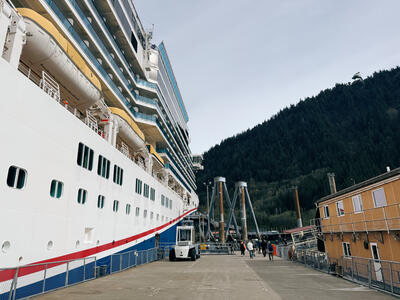
Juneau plans to spend more than $22 million on cruise passenger-related expenses in 2026. The major proposed projects include $3 million for expanding shore power, $2.5 million to complete Marine Park improvements, and $2 million for the Seawalk's next phase.
The capital of Alaska is a popular port on many itineraries to The Last Frontier, including round-trip sailings from Seattle and Vancouver and one-way voyages through the Inside Passage. Juneau is most known for key attractions like the Mendenhall Glacier, the Goldbelt Tram, and the surrounding wildlife.
Read more: Why cruise prices are about to get a little clearer




